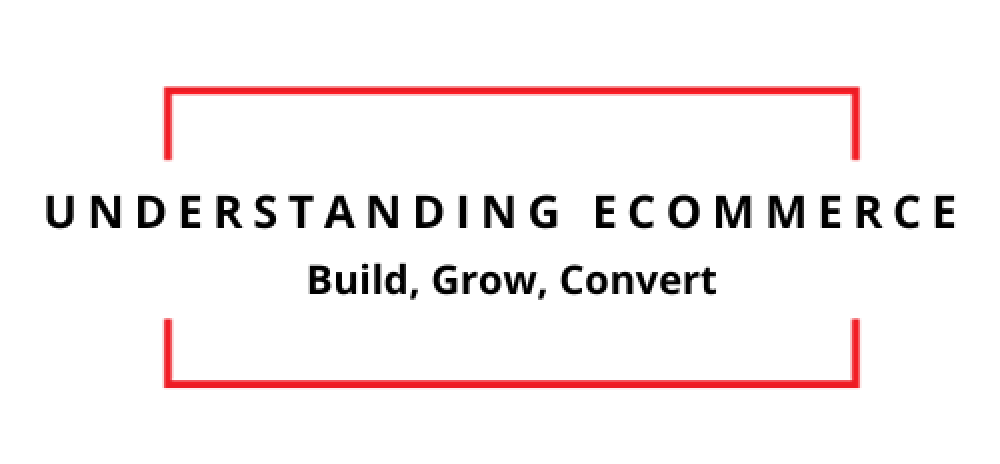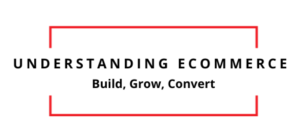What is digital accessibility, and why is it important?
Enhancing Digital Accessibility: A Comprehensive Guide to Inclusive Web Design
Digital accessibility, often synonymous with web accessibility, is crucial in creating inclusive digital environments. It involves the thoughtful design and development of digital interfaces, such as websites and mobile applications, ensuring that they are usable by everyone, irrespective of individual abilities. This concept is vital not only for those with disabilities—including visual, auditory, motor, or cognitive challenges—but also for users who might be employing various devices or facing constraints like limited bandwidth.
The Importance of Digital Accessibility
Digital accessibility extends beyond the ethical considerations of inclusivity, offering significant practical benefits for businesses and organizations. Here’s why ensuring your digital products are accessible is indispensable:
Universal Access: Bridging the Digital Divide
The internet has become an indispensable resource for information, communication, and services. By implementing digital accessibility measures, businesses ensure that everyone, regardless of disability or the technology they use, has equal access to these resources. This universal approach helps bridge the digital divide, fostering a more inclusive digital world.
Compliance with Legal Standards
Many jurisdictions have enacted legislation requiring digital products, especially those from government bodies and public service providers, to be accessible. Ensuring compliance avoids legal repercussions and demonstrates a commitment to equitable service delivery.
Expanding Your Audience Reach
By making digital content accessible, companies can reach a broader audience. This inclusivity can translate into increased user engagement, a wider customer base, and, ultimately, enhanced business growth. Accessible design often aligns with good SEO practices, improving the site structure and enriching user experience.
Enhancing Overall Usability
Features designed for accessibility, such as clear text descriptions and intuitive navigation, improve the overall user experience. These enhancements make information more digestible and interactions more intuitive, benefiting all users, including those without disabilities.
Guidelines for Achieving Web Accessibility
To aid designers and developers in creating accessible digital products, the Web Content Accessibility Guidelines (WCAG) offer a structured framework. These guidelines are anchored in four foundational principles that are critical to accessible web design:
Perceivable: Ensuring User Awareness
Information and interface components must be presented in ways all users can perceive. This might include providing text alternatives for non-text content or creating content that can be presented in different formats as needed by the user.
Operable: User Interface and Navigation
Interface elements must be operable through various means and not solely reliant on precise motor control or rapid response. This includes making all functionality available from a keyboard and providing users with enough time to read and use the content.
Understandable: Information and Operation of User Interface
Information and the operation of the user interface must be understandable. This involves making text readable and predictable and providing input assistance to avoid and correct mistakes.
Robust: Content Must Be Robust Enough to Be Reliably Interpreted
Content must be robust enough to be reliably interpreted by various user agents, including assistive technologies. This means ensuring compatibility with current and future tools.
Commitment to Accessibility
The commitment to digital accessibility is not just a legal obligation or an ethical choice; it is a strategic business decision that enhances user experience and broadens market reach. By adhering to WCAG and embracing the principles of perceivable, operable, understandable, and robust design, businesses can ensure their digital products are accessible to all users, thus promoting inclusivity in the digital age. This not only supports individuals with disabilities but also provides a smoother, more engaging experience for all users, paving the way for greater digital equality.
Follow us on LinkedIn – Build, Grow, Convert.

With over twenty years of experience, we’ve made a lot of mistakes, so you don’t have to. Leverage that knowledge to BUILD your business, GROW your brand awareness or thought leadership, and ultimately CONVERT followers into paying customers.


